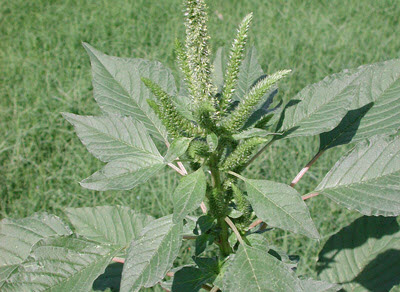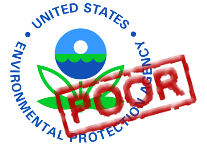Superweeds are invading fields across the globe. Before we start looking blaming farmers, however, careful attention must be paid to government agencies and seed companies and how the two partner-up to foster the conditions that lead to superweeds.
|
|
|||
|
Last week, superweeds and GMOs were on the minds of many U.S. lawmakers. Reports continued on growing pesticide resistance. Bee colony collapse problem grows. EPA considers giving environmental justice a chance. EU approved more GM maize imports, while a GMO-Free Europe conference nears. And more. Monsanto has crops resistant to glyphosate. Bayer is selling cotton and soybeans resistant to glufosinate, another weedkiller. Monsanto’s newest corn is tolerant of both glyphosate and glufosinate, and the company is developing crops resistant to dicamba, an older pesticide. Syngenta is developing soybeans tolerant of its Callisto product. And Dow Chemical is developing corn and soybeans resistant to 2,4-D, a component of Agent Orange, the defoliant used in the Vietnam War. Industry bias, lax scientific standards, exemption of food crops containing pesticides from registration requirements, and failure to independently monitor GM crops after approval, are among the regulatory problems exhibited by the EPA when it comes to regulating GMOs. |
|||
|
 |
|||

